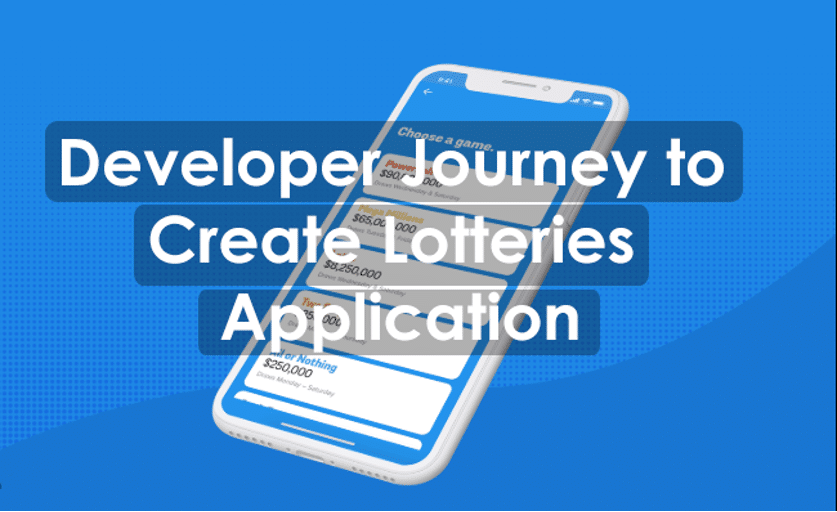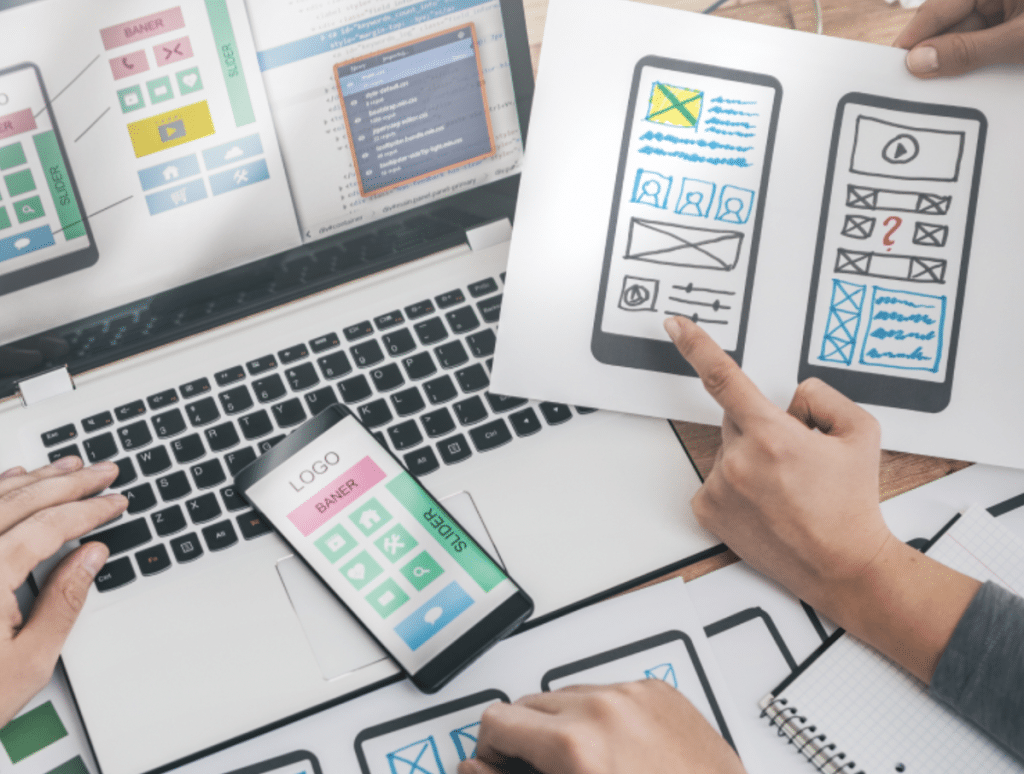By Person Date
Hi, I am josh {android and java developer} and today will share you my experience of creating first android application that i approach directly through cold calling. Client request me to create an app (that have already website) that could bring the fun of lottery to users in a seamless and accessible way. My goal was to design an app that allowed users to view lottery results, check winning numbers, and get real-time updates.
With no prior experience building apps, I knew this project would push my limits. However, I was eager to learn and determined to succeed.
Setting the Foundation
Before diving into code, I planned the app meticulously. I sketched a rough wireframe for the user interface, listing features like:
- View Lottery Results: Display results in real time.
- Website: https://resultadodeltrisdehoy.com/
- Number Checker: Allow users to input their numbers to see if they won.
- Notifications: Send alerts for new draws and results.
- History: Provide access to past lottery results.
Once I had a clear vision, I set up my development environment. I installed Android Studio, the official IDE for Android development, and ensured I had the latest Java Development Kit (JDK).
Learning the Basics
Since I was new to Android development, I spent time learning the essentials:
- XML: To design the user interface.
- Java (and later Kotlin): For app functionality.
- SQLite: To manage data storage for lottery history.
I followed online tutorials, read documentation, and practiced building simple layouts. These foundational skills became invaluable as I began coding the lottery App.
Building the App
1. User Interface Design
I started with the UI. Using XML layouts in Android Studio, I created a clean, simple interface. The home screen displayed the latest lottery results, with buttons for additional features like the number checker and history.

2. Backend Functionality
To fetch and display real-time lottery results, I integrated an API. This was my first experience with RESTful APIs, and I used Retrofit, a popular HTTP client for Android, to handle network requests.
3. Data Storage
For the history feature, I implemented SQLite to store past lottery results locally. This allowed users to access data offline.
4. Notifications
Using Android’s Notification Manager, I enabled push notifications to alert users when new results were available.
Overcoming Challenges
The biggest challenge I faced was debugging. Errors like API connectivity issues and crashes due to null pointers tested my patience. However, with tools like Logcat in Android Studio and support from developer forums, I was able to resolve these issues.
Another hurdle was optimizing performance. I learned to use RecyclerView for displaying lists efficiently and adopted lazy loading techniques to reduce memory usage.
Launching the App
After weeks of development, testing, and debugging, my App was ready. I created a Google Play Developer account and published the app. Seeing it live on the Play Store was a proud moment.
Lessons Learned
- Plan Before You Code: A clear blueprint saves time and effort.
- Start Small: Focus on essential features first; enhancements can come later.
- Seek Help: Online forums and communities are invaluable for learning.
- Test Thoroughly: Ensure a bug-free experience for users.
Building my first Android app was a transformative experience. This App not only introduced me to mobile development but also sparked a passion for creating intuitive, user-focused applications. If you’re an aspiring developer, my advice is simple: Start with a project that excites you, embrace challenges, and enjoy the journey.
Related: Flutter vs React Native: Best Framework for Your App in 2025
